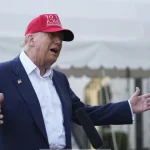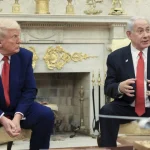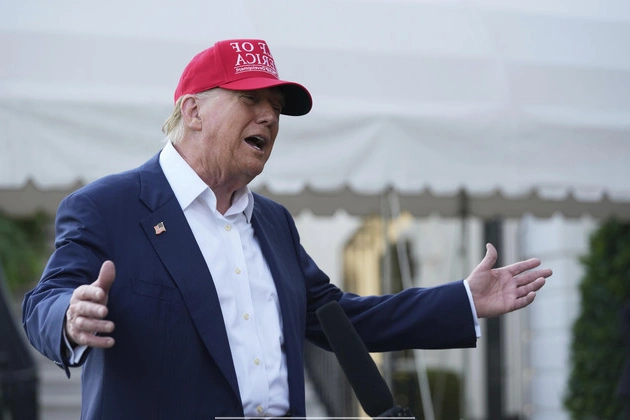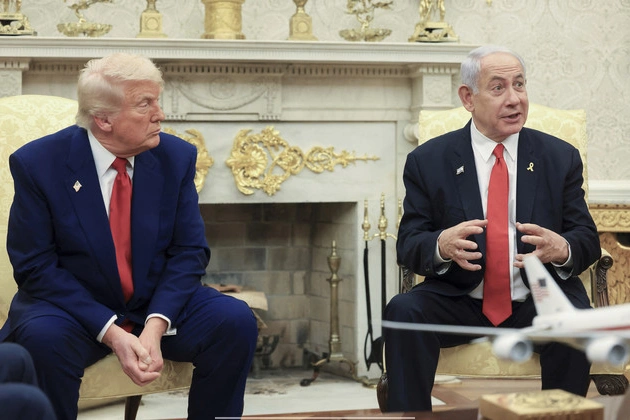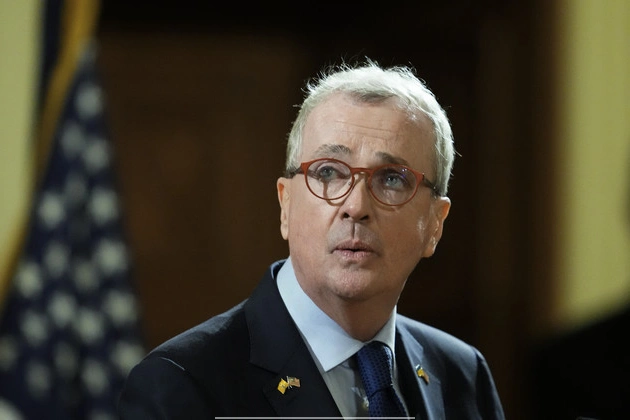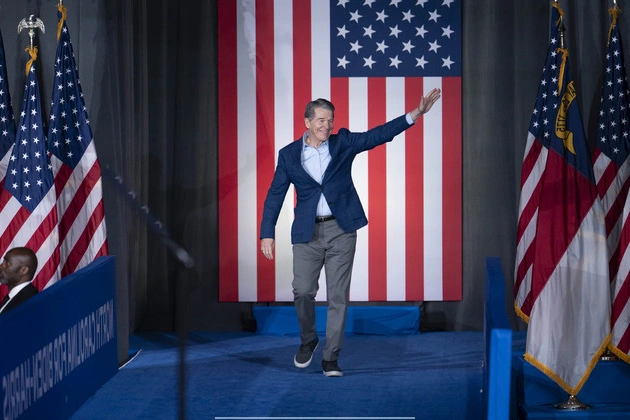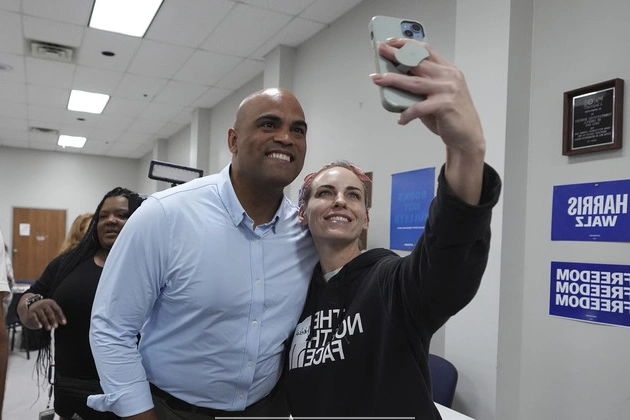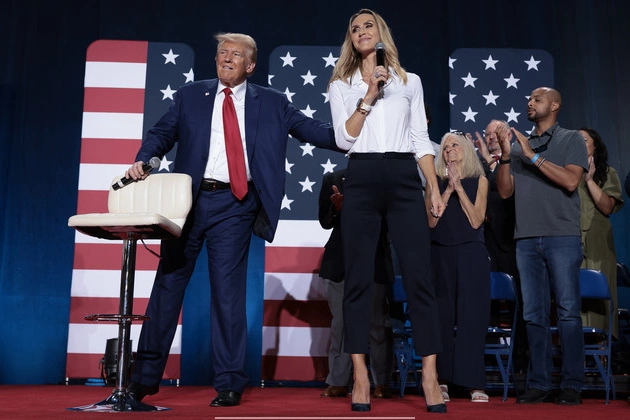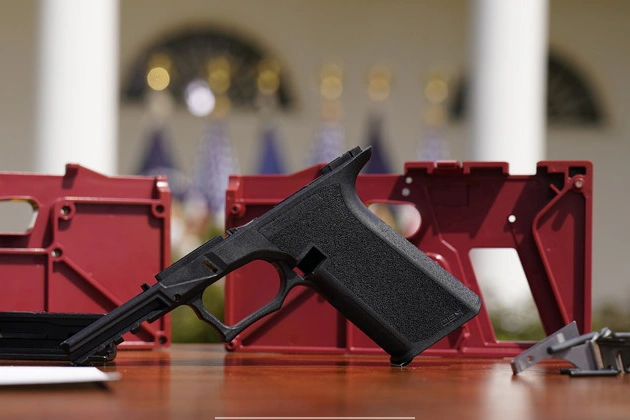
The Supreme Court made a landmark decision by upholding the federal government’s ban on so-called ghost guns — untraceable weapons that can be easily assembled from parts kits often bought online. This ruling, with a 7-2 split among justices, underscores the importance of regulating kits used to make firearms without serial numbers, which are frequently used in criminal activities.
Background of the Ruling
Justice Neil Gorsuch, in the majority opinion, cited the Gun Control Act of 1968 as the legal basis for these regulations. The dissent from Justices Clarence Thomas and Samuel Alito highlights the contentious nature of this issue.
Political Implications
President Joe Biden’s initiative to ban ghost guns early in his term received validation through this ruling. The shift in stance by some justices, including Gorsuch and Kavanaugh, indicates the complex dynamics surrounding gun control.
Public Reaction and Future Challenges
The decision, though disappointing for gun-rights advocates, reflects the evolving landscape of firearm regulations. The Supreme Court’s role in shaping these policies and the potential for further legal challenges underscore the ongoing debate.
This ruling serves as a reminder of the need for comprehensive gun control measures to address public safety concerns effectively. It also highlights the importance of judicial decisions in shaping national policies on firearms.
